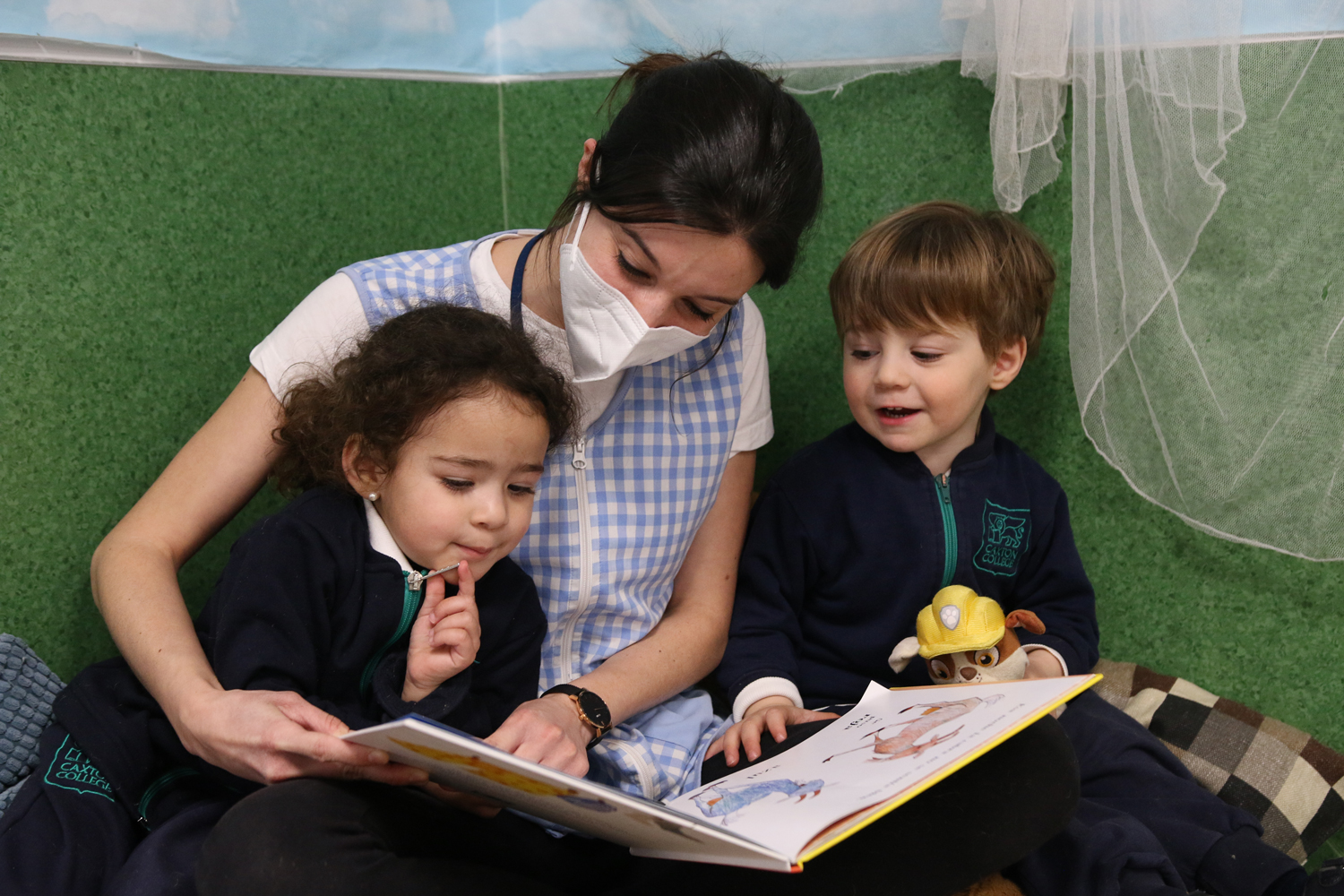SemanticBots creates first inclusive chatbot about coronavirus for people with visual disabilities
- The Covid-19 accessible chatbot initiative of SemanticBots facilitates access to information about the pandemic to all social groups.
- This inclusive system can be installed for free in any web to improve accessibility and provide digital information to all users.
The inclusive chatbot Covid-19, created by SemanticBots, a technology-based company in Castellón formed by teachers and researchers from the Temporal Knowledge Bases Group (TKBG) of the Universitat Jaume, ensures that digital information about the pandemic reaches everybody, including people with visual disabilities and older people. The chatbot has begun to be incorporated into the official websites of various associations of people with disabilities in the Valencian Community, such as CERMI and COCEMFE.
This initiative came from the SemanticBots spin-off, from Jaume I University, after the Directorate General of “Fight against the Digital Divide”, belonging to the Department of Innovation, Universities, Science and Digital Society of the Generalitat Valenciana, learned about the problems that existed in some groups to access digital information related to the extraordinary situation created by the coronavirus.

The Covid-19 chatbot is accessible on multiple platforms from the web pages where it is installed. It serves all users at the same time, both in Spanish and in Valencian, helping and complementing the usual channels of communication. Its main objective is to ensure digital inclusion and accessibility at a time when being well informed is vital.
This virtual assistant includes more than 400 consultations related to symptoms, hygiene measures, labour measures and social rights, as well as other measures derived from the state of alarm caused by the coronavirus. The answers and the knowledge come from official national, regional and international sources, as well as other bodies such as the WHO (World Health Organization), with scientific articles and contrasted digital information.
“Until now, virtual assistants have always shown a lack of capacity to cover the needs of the visually impaired population. Given the current panorama due to the current crisis of the Covid-19 it is more than necessary that this type of tools are available for the collective and facilitate access to information through digital channels of companies and institutions,” says Rafael Berlanga, CTO and researcher of sayOBO. “In this way, it is possible to diminish the digital and inequality gap that has been most affected due to the current context and the confinement that the population must comply with”.






Recent Comments